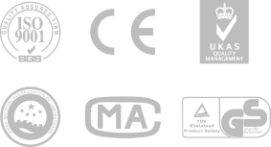Kindergarten classroom management is not only aimed at the reasonable planning and layout of the whole space, but also an important part of kindergarten design. If the kindergarten space design is the foundation of a kindergarten, then the ring creation design is the finishing touch of the kindergarten, so that the kindergarten environment is more suitable for the development of children at this age stage.
In my impression, our kindergarten likes to “pile” all kinds of colors together. In fact, exposing children to too many colors and patterns at an early age will easily destroy their cognition of beauty. The biggest function of kindergarten is not to cultivate knowledge, but to cultivate and release imagination.
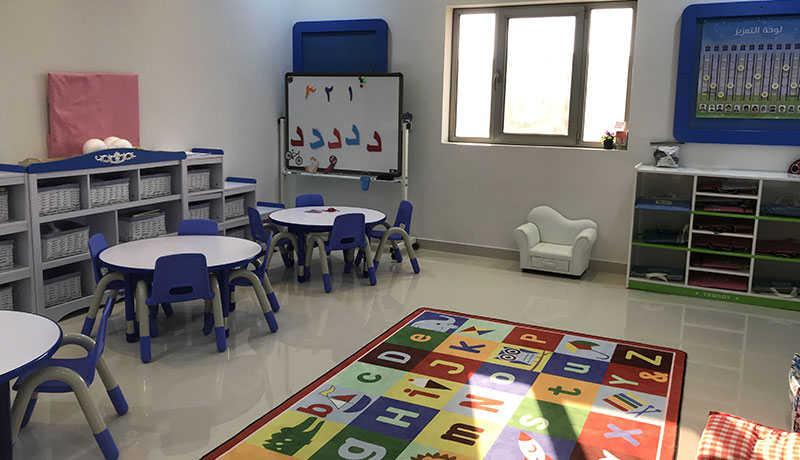
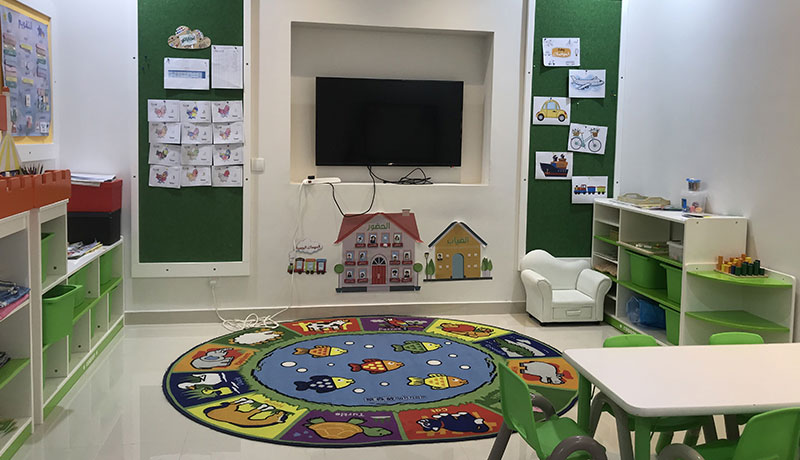
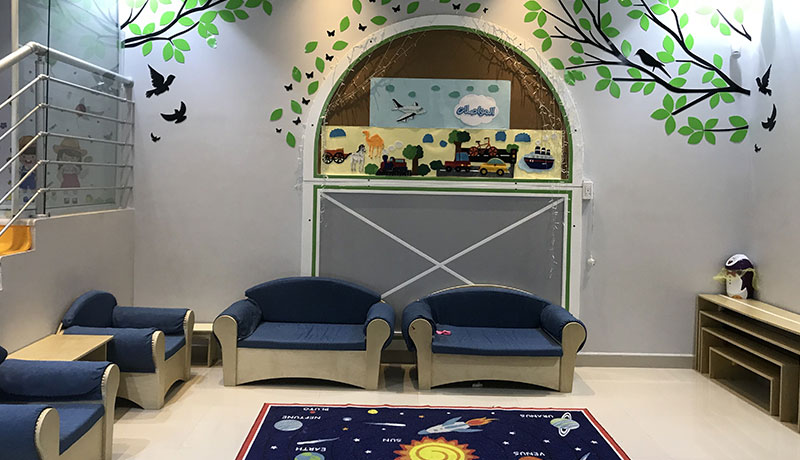
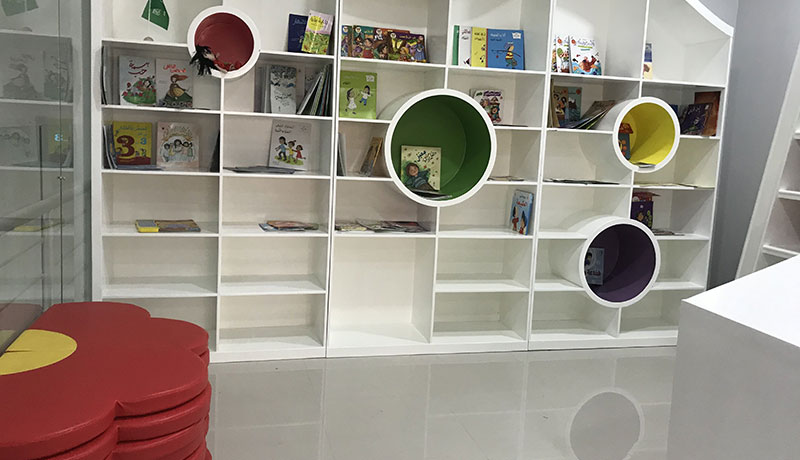
Creating an Effective Kindergarten Classroom - Step By Step Guide
Managing a kindergarten classroom can be a challenging task, but it is also an incredibly rewarding one. With the right strategies, you can create a positive learning environment that encourages young minds to thrive and reach their full potential. This guide will provide you with the information you need to craft an effective kindergarten classroom management plan for your kindergarten students.
Establish rules and expectations early
Setting clear expectations from the outset is essential for classroom management in kindergarten. As a teacher, you should make sure that your students understand both the rules and expectations for their behavior. Take the time to discuss these with them in a way that makes sense to kindergartners. Be sure to also explain why following certain rules is important and how it can help them learn better and stay safe in the classroom.
Be aware of student diversity
As a kindergarten teacher, it is important to be aware of the diverse backgrounds and needs of your students. Understanding cultural differences can go a long way in creating an effective learning environment for your students. Consider incorporating activities and materials that reflect the cultural background and experiences of the students in your class. Additionally, make sure to take the differing physical, cognitive, or emotional needs of individual students into account when creating lesson plans or grouping them together for activities.
Make sure to provide structure in the classroom
In order to create a successful learning environment, a degree of structure is necessary. It’s important to provide consistent routines and expectations for students to help them become accustomed to the classroom structure. Make sure that each day is planned out in advance so that each activity has a purpose and clear rules. Provide structure by having predictable procedures for things like turning in homework, coming into class from recess, and transitioning from one subject to the next.
Incorporate sensory-rich activities into instruction time
Incorporating sensory-rich activities into instruction time is beneficial for kindergarten students. Activities such as playing with playdough help to improve fine motor skills, while finger painting encourages exploration and creativity. Showcasing students’ artwork on the walls helps to create a feeling of pride and accomplishment within the classroom. Additionally, incorporating music or singing during instruction can also have a positive impact on student participation.
Use positive reinforcement and praise when appropriate
Positive reinforcement helps classroom management for kindergarten behavior and increase productivity in the classroom. When students do well, give verbal recognition or praise them for their successes. This sends the message that they can trust you and encourages a sense of trust in the classroom environment. Additionally, using positive reinforcement techniques such as a reward system can help to motivate your students and create an atmosphere of support and encouragement.

